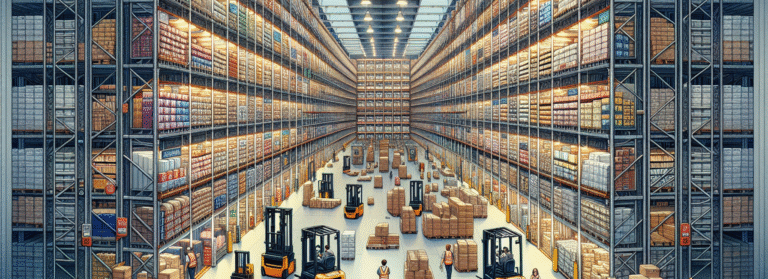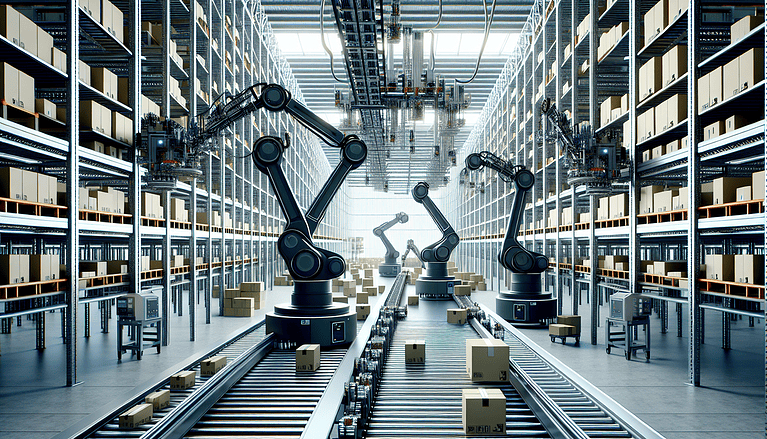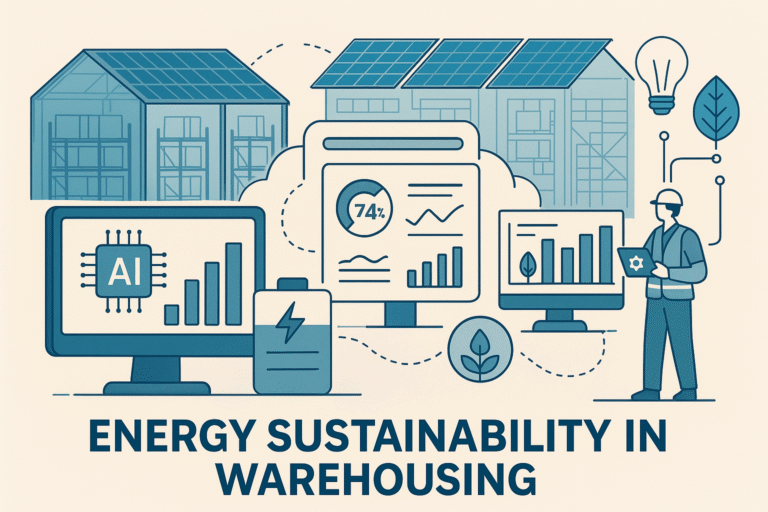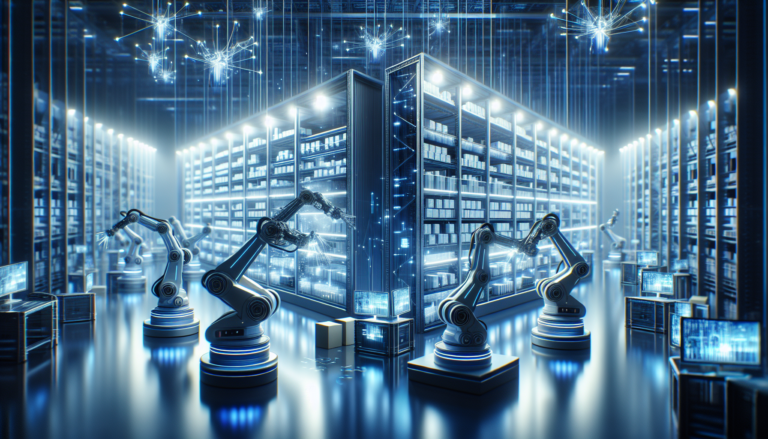AI in Warehousing Scheduling: Flexible Shifts with Dynamic Pay
AI in warehousing scheduling is quickly becoming the solution to one of the biggest frustrations in warehouse operations: rigid shifts. Associates often feel locked into schedules that don’t fit their lives, while managers scramble to fill gaps at the worst possible times.
Turnover thrives in that environment. Burned-out workers quit, overtime bills explode, and the operation suffers.
But what if scheduling itself became a retention tool? That’s exactly where AI is changing the game — turning rigid shifts into flexible choices that reduce churn and boost morale.

The Big Shift: From Fixed Shifts to Flexible Choices
Imagine a world where associates log in to an app, view available shifts, and select the one that works best for them. No more waiting for a supervisor to call. No more last-minute panic.
AI makes it possible to:
Predict upcoming demand surges before they happen.
Highlight hard-to-fill shifts (like nights or weekends).
Offer incentives — maybe $2/hr more — to fill those roles.
Instead of frustration, scheduling becomes an opportunity for growth. Associates get more control. Managers get more coverage. Everybody wins.
Dynamic Pay: Like Doordash, But for Warehouses
Think about how rideshare and delivery apps work: when demand spikes, the pay goes up. AI can bring that same logic to warehousing.
Friday night shift looking empty? Pay more.
Unexpected volume spike from a retailer promotion? Alert only those workers who’ve handled off-shifts before.
Need last-minute help? The app sends a push notification, and the first to respond locks in the shift.
This isn’t science fiction — it’s applying the surge model to warehouse labor.

Why This Matters for Turnover
Turnover isn’t just about wages. It’s about control, recognition, and fairness.
AI-driven scheduling tackles all three:
Control → Workers choose when and how they contribute.
Recognition → Flexible workers get rewarded with premium pay.
Fairness → AI targets the right associates, not everyone, with shift opportunities.
The result? A workforce that feels empowered instead of burned out.
External Validation
Workforce AI platforms, such as Legion and Shyft, are already demonstrating how AI-driven scheduling can reduce costs, enhance coverage, and improve retention in industries facing labor shortages. Warehousing is next.
Final Thought: AI in Warehousing Scheduling
We’ve all seen turnover burn through warehouse budgets. Hiring, training, losing — repeat. However, AI in warehousing scheduling offers a different future: one where workers are partners in meeting demand, where shifts adapt to real-time needs, and where turnover is reduced not with quick fixes but with creative, adaptive solutions.
The adaptive warehouse isn’t just about robots or data. It’s about giving people the tools and flexibility they need to thrive. And AI is the engine that makes that possible.





